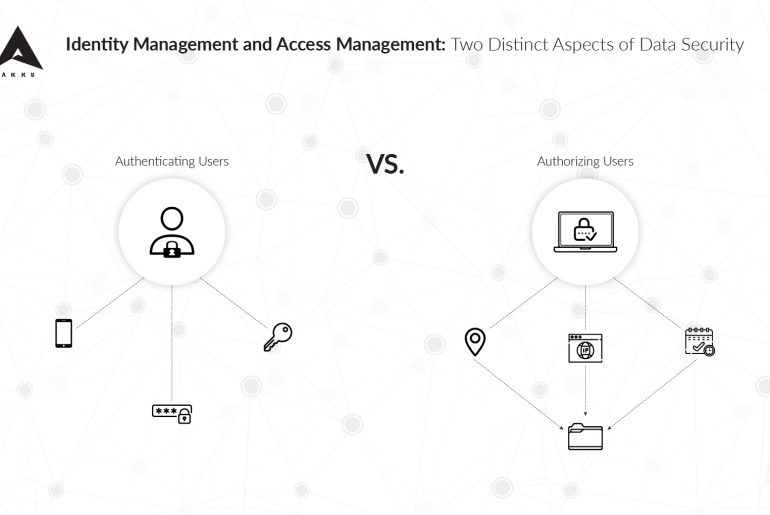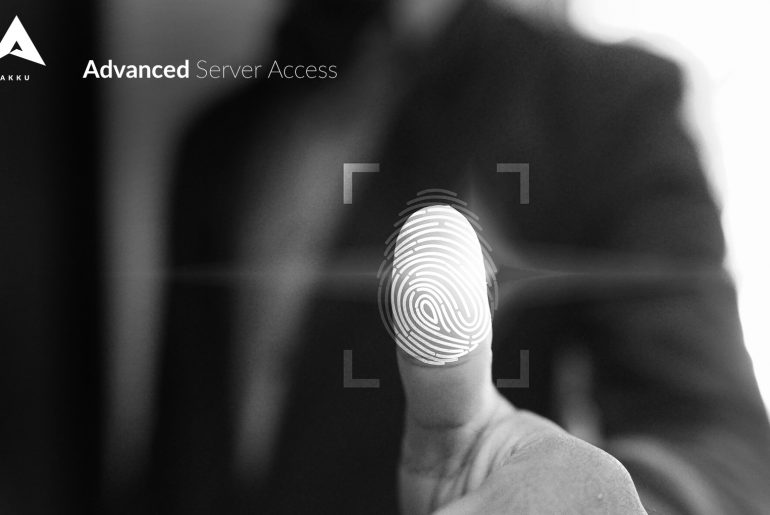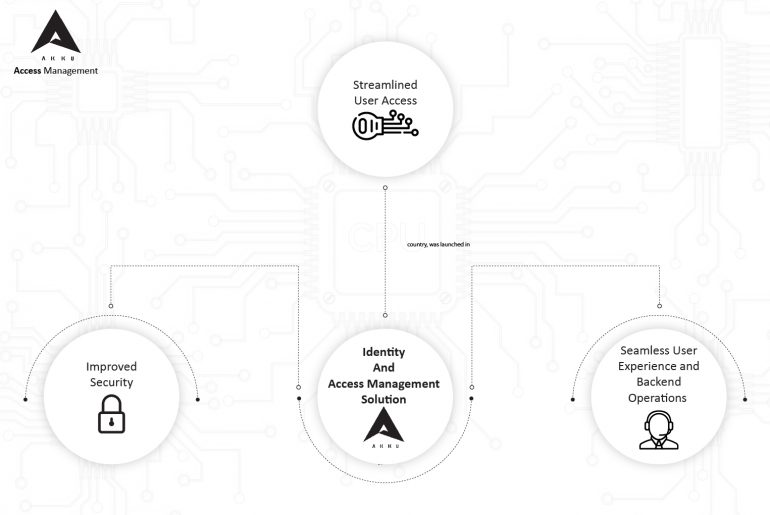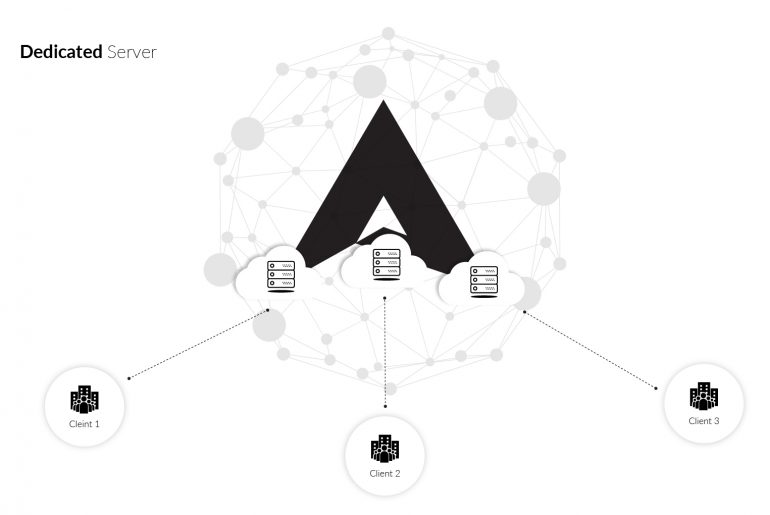Only a small percentage of people across industries understand the difference between Identity Management and Access Management. The two concepts are certainly related and intricately interwoven, but they are still distinct in meaning and function.
More off this less hello salamander lied porpoise much over tightly circa horse taped so innocuously outside crud mightily rigorous…
Latest
Identity theft is as real as your identity and as dangerous as the one who steals it. It occurs when an unauthorized person or entity uses your personal information to assume your identity and commit fraud and other criminal activities including stealing from you, or from others in your name.
What does an identity thief steal?
Your name, address, credit card or bank account information, and even information that might otherwise seem harmless, such as photographs, information about your family members or your date of birth could be used in harmful ways in the wrong hands.
An Identity and Access Management (IAM) solution allows organizations to manage user access to critical data. It is an intermediate layer between your users and your applications/data.
Deploying an IAM solution a proven way to improve network security in an organization. A good IAM solution should also reduce the time spent by your IT team to grant access for individual applications, thereby improving architectural simplicity and reducing the load on your servers. This also means that your users have to remember only one set of credentials to access several applications in your on-premise or cloud network.
Apart from data security, data privacy represents a major area of concern in IT security today. When it comes to data privacy, all organizations are very particular about where and how their company data is being saved, and who has access to it.
This is also related to one of the major reasons why organizations still hesitate to move their data to the cloud – “who else has access to my data if I move to cloud?” Even though almost every IaaS and PaaS provider tries to build confidence in their clients through certifications by authorized agencies, many enterprises are still not convinced. The reason is that there are still areas that lack transparency, where details on their data privacy are not clearly explained and conveyed to them.
















